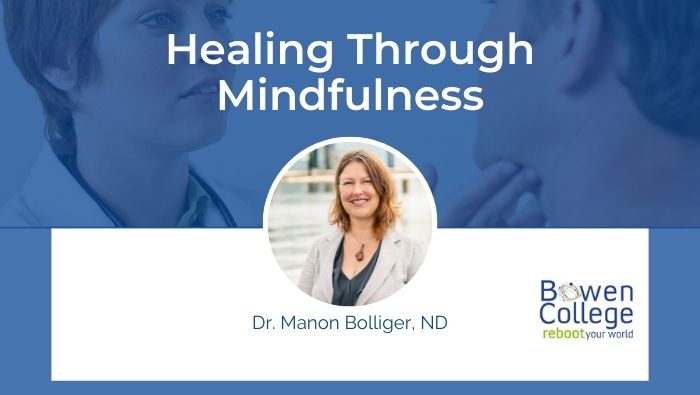Though we have been trained to believe that the mind governs everything, mindfulness cannot be embodied if people are disconnected from their bodies. We are wired for survival and those of us who have experienced stresses, trauma, PTSD, and anxiety need another way to relate to mindfulness. By working through the fascia, the body’s biological superhighway of interconnectivity, we can teach the body that it is safe and embed a different and more relaxed environment from which our nervous system can remind the brain that in this present moment…we are safe.
Without addressing the body, many people do not achieve quietness and stillness needed to practice mindfulness.
There are 3 steps to addressing the body in order to achieve mindfulness:
- Understanding what Fear is and how we are wired so that we can take charge of our physiology
Whereas cultivating our intuition brings clarity, fear often stirs up confusion. Intuition is completely grounded in the present moment. It’s neutral and unemotional whereas fear is emotionally charged. Fear comes from instinct — the fight or flight response we get when there’s danger. We are wired to protect ourselves. What happens with persistent stress is that our bodies’ own metabolism changes. We are primed for “response” but have lost our ability to use the new brain, our prefrontal cortex, to assess and modulate the response. When you come from a place of uncertainty, you begin to hesitate. This can greatly affect the state of mind.
- How to create the Gap for Mindfulness and assess things in the present moment
There are many ways in which one can become more present and slow both our minds and our bodies “anxiety-thought-loops”. We can focus completely on the one thing we are doing at the moment with our bodies, whether it is breathing or washing our hands, eating a meal, etc.
In my medical practice, I have used a little-known therapy called BowenFirst™ Therapy to help patients eliminate pain naturally. What I recognized from this work, and while innovating it over the past 30 years, is that so many people felt disconnected from their bodies.
By working through the fascia (the matrix-like connective tissue that surrounds all of our muscles and organs and covers us from head to toe), and taking people out of fight and flight through rebalancing the vagus nerve, patients had a new relationship to their bodies.
They felt taller, lighter, and freer and as a result, were more inclined to be more caring and focused positively on the wellbeing of their bodies.
- How this new Perspective can open up different choices and better decisions can be made
Among the many ways to make better decisions, one of the most important ones is to learn to check-in. By asking yourself “Is this Loving to me?” before taking action or taking the very next step, we learn to avoid so many problems down the path. Asking ourselves this question is in and of itself…an act of Mindfulness.
Learning to become mindful is unavailing if we are solely focused on the mind. We need to embody our entire being.









